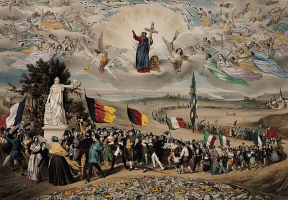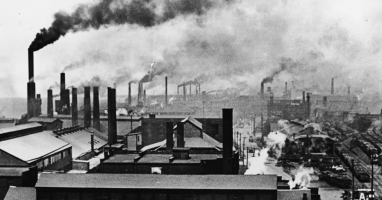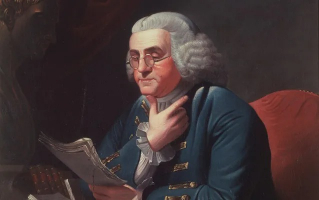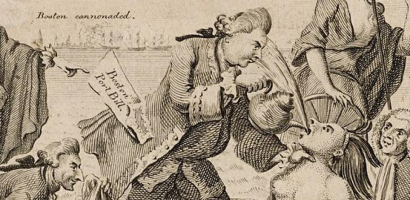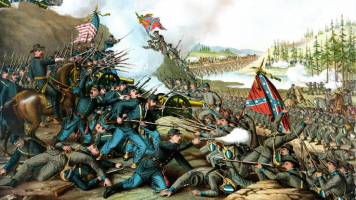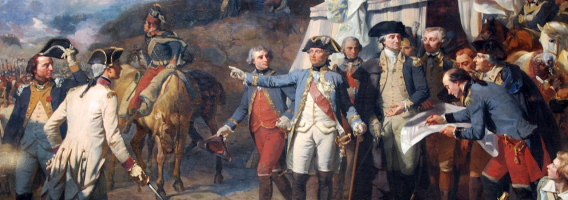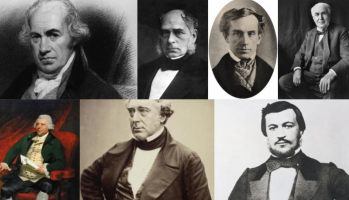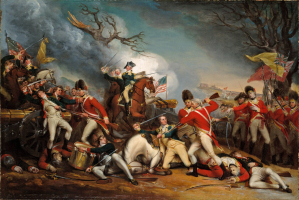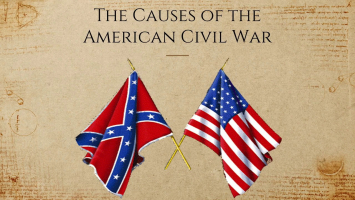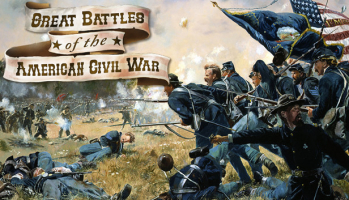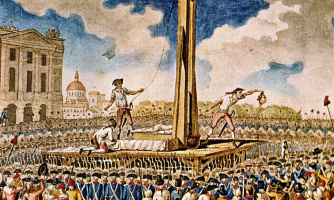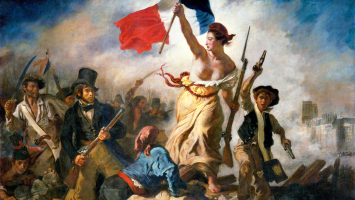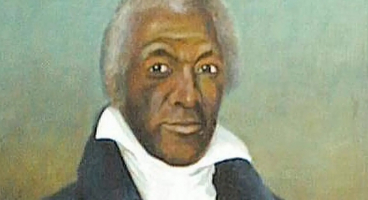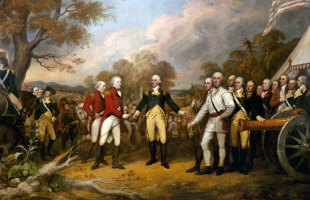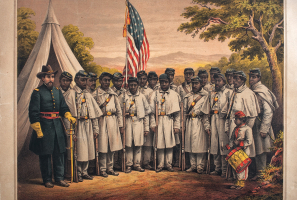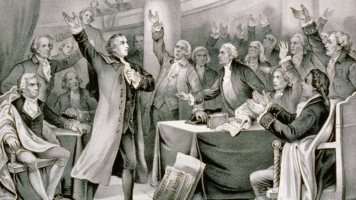Top 10 Major Effects of the American Revolution
Major changes in the lives of most Americans, including African Americans, women, and Native Americans, would result from the American Revolution. As America ... read more...pushed westward, slavery was abolished in the northern states, more women began to get an education, and Native Americans lost much of their land. The political, economic, social, and global consequences of the major effects of the American Revolution are listed below.
-
One of the major effects of the American Revolution is the Republican Government. An American might look back on the revolutionary events that had transpired in the preceding three decades after the triumphant conclusion of the Revolutionary War with Great Britain. Throughout the aftermath of the American Revolution, truly democratic politics became conceivable in the former colonies. The establishment of written state constitutions in 1776 and 1777 was, in reality, the most important immediate consequence of America proclaiming independence.
These new state constitutions were founded on the concept of "popular sovereignty," which means that the government's power and authority are drawn from the people. Many of these constitutions included a declaration or "bill" of rights to safeguard individual rights. Furthermore, liberal republicanism adopted the principles of liberty, equality among individuals, and anti-corruption as essential beliefs. New state constitutions frequently expanded the vote to include universal male suffrage without regard to property. Along with the new constitutions, the criminal code was overhauled, removing such heinous corporal penalties as ear-cropping and branding, which were still common in Britain.
Americans continued to experiment with how to rule themselves after gaining independence under the Articles of Confederation. Over time, certain powerful groups—not all of whom shared the emotions of all Americans—found the Confederate government to be insufficient. Representatives from various organizations gathered in Philadelphia to discuss the possibility of forming yet another, more modern form of governance. As a consequence, a new constitution was drafted. However, not all Americans accepted the new Constitution, and the document's passage resulted in several controversies. Despite this, the Constitution was approved, and with a new constitution in place, Americans once again looked to George Washington for leadership, this time as the new republic's President.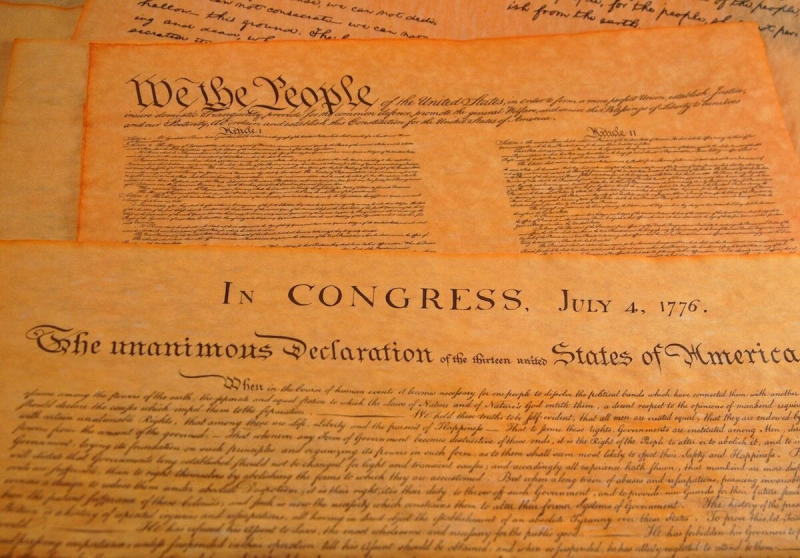
www.history.com youtube.com -
Lord North, along with the rest of Parliament and King George III, knew at that point that success over the Thirteen Colonies was not certain. In reality, success would have necessitated far more troops, resources, and money than Parliament could provide. Rather than sending more soldiers over the water to North America, British delegates were dispatched to France to begin negotiations with the US. The Treaty of Paris was signed two years later on September 3, 1783, effectively ending the Revolutionary War. With the signing of the Peace of Paris accords in 1783 and 1784, the American Revolutionary War was formally over. The Treaty of Paris, signed by representatives of King George III of Great Britain and delegates of the United States of America on September 3, 1783, was the most important of them.
The United States' status as a free, sovereign, and independent The United States was recognized in article 1 of this treaty. The Treaty of Paris established the borders between the British Empire and the United States of America in North America, among other things. In addition to Tobago in the West Indies and Senegal in West Africa, France gained two tiny colonies as part of the Paris Peace. Despite the unsolved boundary difficulties, the United States reaped the greatest advantage of the treaty's signatories, establishing the independence of The United States from European powers. Despite the loss of its American colonies, Britain's worldwide dominance grew as a result of the early industrial revolution's economic expansion. The victory came at a huge financial cost for France, and attempts to remedy the financial problem would eventually lead to the French Revolution.The Treaty of Paris established the borders between the British Empire in North America and the United States of America, among other things. France won two little colonies, Tobago in the West Indies and Senegal in West Africa, as a result of the Paris Peace; Spain recovered control of Menorca and Florida; while the Dutch gained nothing of considerable significance.
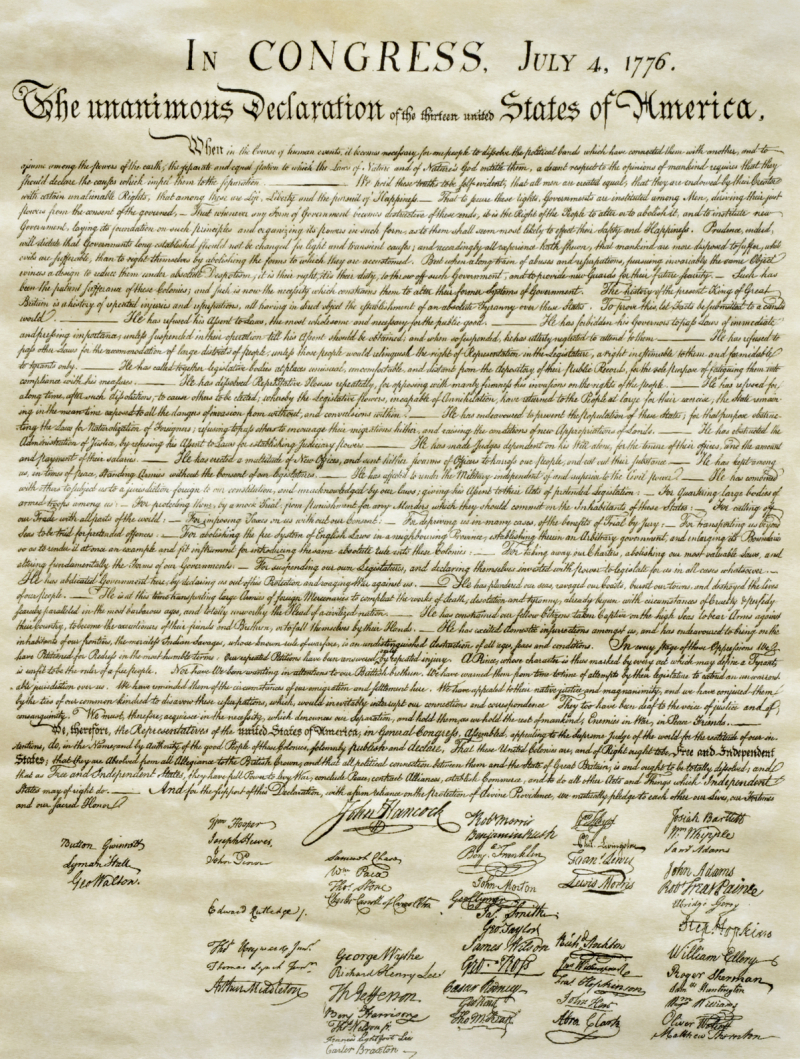
www.history.com youtube.com -
During the American Revolution, several Native American tribes took part. The majority of them supported the British in the hopes that a British victory would halt further colonial expansion into their lands. However, the majority of people did not engage in the war and chose to remain neutral, believing that joining what they saw to be a European struggle was pointless. Thayendanegea, a Mohawk chief, was one of the prominent Native American chiefs who commanded raiding parties of Indians, British, and Loyalists in western New York and Pennsylvania in 1778 and 1779.
This session, which put those Iroquois who had been aligned with the English loyalists in what was now U.S. territory, was made without consulting the indigenous people. Thousands of members of the Iroquois-English alliance abandoned their villages after native Americans lost their territory and moved to Canada after realizing that remaining in the region would expose them to retaliation.
After the conflict, there was no local representation at the peace talks. Even though this region was mainly unsettled by Europeans and predominantly inhabited by Native Americans, the British awarded the United States all territory between the Appalachian Mountains and the Mississippi River. The United States quickly moved westward after winning freedom, often violently, taking Indian territory by treaty and force. Supporters of the Americans, such as the Stockbridge and Oneidas, as well as the Senecas and Shawnees who fought against them, lost their territory. It is possible to say that American independence signaled the beginning of the end of Native American independence.
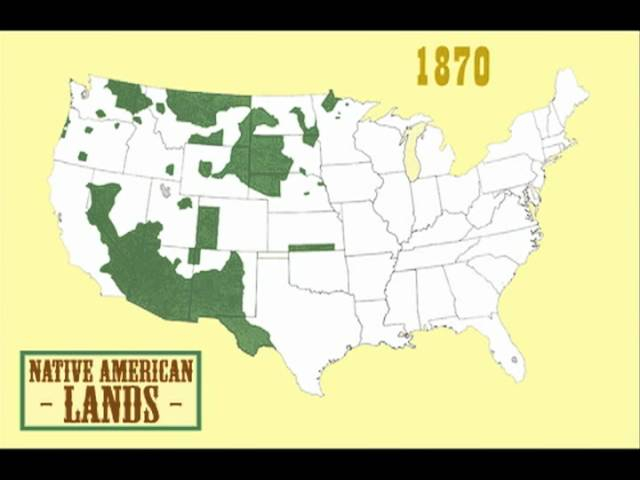
www.history.com youtube.com -
When the American Revolution began, the colonial population was divided into two groups: Patriots, who backed the revolution, and Loyalist Expatriation, who stayed loyal to the British Empire throughout the conflict. Loyalists made up around 20% of the population of the colonies. A tiny minority of them, however, actively backed the British cause. The Loyalists were regularly harassed for supporting the Crown throughout the Revolution.
An estimated 60,000 to 100,000 Loyalists deserted the newly formed nation after it obtained independence. Some of these people moved to the United Kingdom. The vast majority, however, were given land and incentives to relocate to British possessions in what is now Canada, particularly Quebec, Prince Edward Island, and Nova Scotia. The southern Loyalists largely went to British Caribbean territories and Florida, which had remained faithful to the Crown.
Loyalists' Expatriation from the north mostly settled in Ontario, Quebec, New Brunswick, and Nova Scotia. United Empire Loyalists was their name. The majority of those who were rewarded received land in Canada or money from the United Kingdom, which was dispersed through legitimate claims procedures. The British government compensated loyalists who fled the United States with moreover £3 million or around 37% of their losses. Loyalists who remained in the United States were entitled to keep their property and become citizens of the United States.
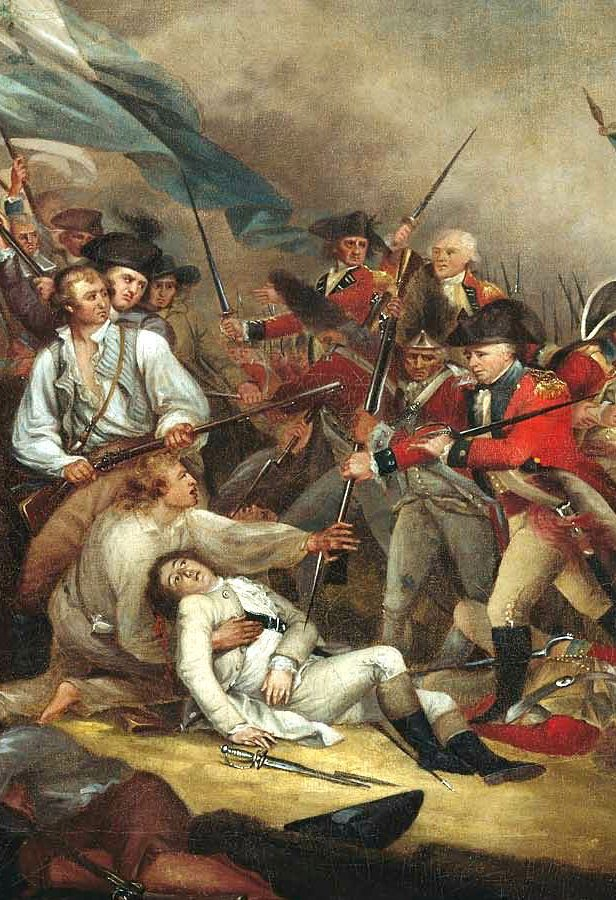
www.history.com youtube.com -
As early as the 1780s, free Black people and other antislavery northerners began assisting enslaved persons in escaping from southern plantations to the north via a loose network of safe homes. The Underground Railroad, as it was known at the time, grew in popularity in the 1830s. Escapees were directed north by conductors like Harriet Tubman, while "stationmasters" included Frederick Douglass, Secretary of State William H. Seward, and Pennsylvania congressman Thaddeus Stevens. Although estimates vary, it is said to have aided between 40,000 and 100,000 enslaved persons in gaining their freedom. The Underground Railroad's success aided the growth of abolition of slavery in the Northern States, but it also heightened sectional tensions by assuring pro-slavery southerners of their northern countrymen's commitment to overthrowing the institution that kept them alive.
Slavery was allowed in every colony in the Americas before the American Revolution, including the British possessions in North America. The revolutionary principles of equality played a factor in outright abolition or progressive emancipation in all Northern States by 1804 when the United States gained independence. Northern states created constitutions that included equal rights language or outright abolished slavery. Even though no Southern state abolished slavery, the revolutionary ideas had an influence.
Several Southern states outlawed the importation of slaves and gave slave owners the freedom to release their slaves on their terms. Before the Revolution, masters in the South were prohibited from freely releasing their slaves. Slaveowners released their slaves in large numbers, claiming revolutionary aspirations in their paperwork. Manumissions liberated 10,000 slaves in Virginia, while three-quarters of African-Americans in Delaware were freed by 1810. Effects abolition of slavery in the Northern States is one of important the major effects of the American Revolution.
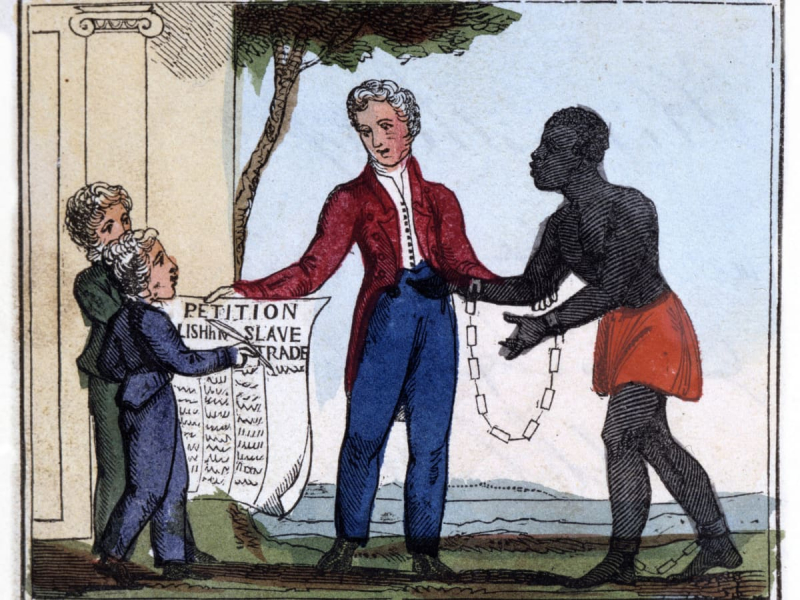
www.history.com youtube.com -
The American Revolution did not have a revolutionary influence on women's lives in the United States, but it did bring about some significant developments. Republicanism was the revolution's motivating philosophy, and "Republican Motherhood" was born out of it. The virtue of its citizens was the foundation of a prosperous republic, and the mother's role became crucial in this regard. It was thought that a family's girls should be nurtured to respect republican ideas so that when they became mothers, they would be able to pass on republican values to the following generation.
Republican Motherhood fostered women's education, even though it confined women's roles to the home. Despite this, American women managed to find a way to be successful. Despite this, American women remained legally and socially subservient to their husbands, disenfranchised, and largely limited to the position of mother. Nonetheless, women's education had a long-term impact, since educated women in the United States began the women's rights movement in the mid-nineteenth century.
Women acted significantly outside their typical gender norms throughout the American Revolution in various ways. While men left their homes, farms, and businesses to help the war effort on the battlefields, many women were left alone to care for their families as well as fill the duties that the men had left behind. During the war, some women became full-time farmers, while others took over their husbands' business transactions by overseeing the operations of their trades and shops. Furthermore, some women gathered funds to assist the troops, spoke out publicly, wrote to their local newspapers, signed petitions, and participated in often violent political rallies. Some women even tried to enlist in the military. Changes for women, like the end of slavery, would not happen immediately. The major effects of the American Revolution, on the other hand, sparked these reforms. Women would develop as a powerful, vocal middle class as a result of education and respect.
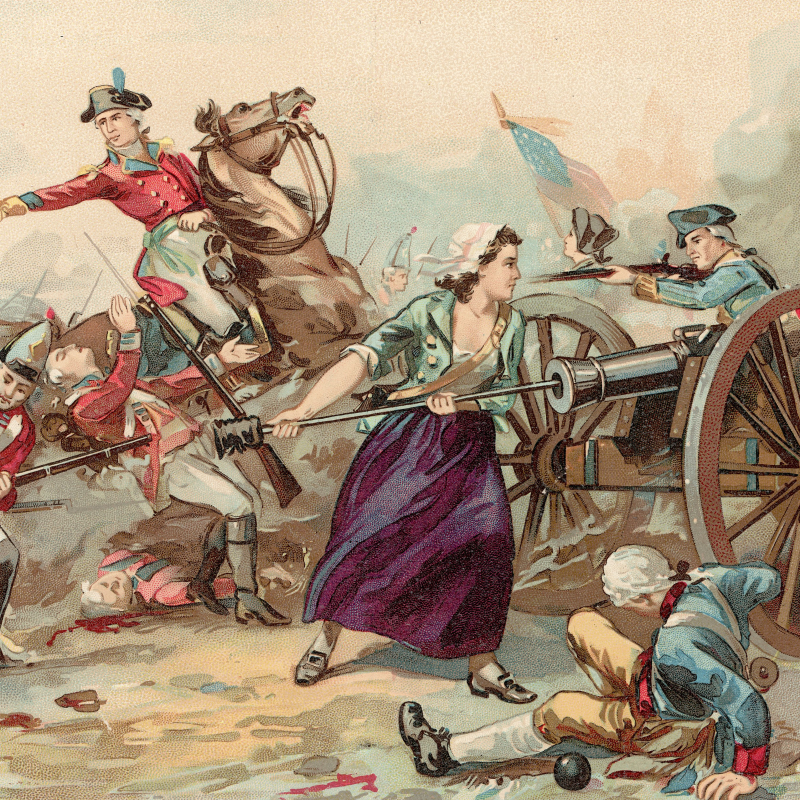
www.history.com youtube.com -
The American economy was left with a mixed bag of gains and drawbacks following the colony's triumph in the Revolutionary War. Previously imposed trade and industrial restrictions were lifted. As a result, the United States created a merchant marine and industrial industry, particularly in armaments and consumer goods. The relaxation of limits on Western development resulted in a migration of European-Americans across the Appalachian Mountains. While this made life tough for the unlucky Native Americans whose territories were further conquered, it gave economic possibilities for European-Americans and immigrants who arrived after the war.
The war's outcomes did not all have a good influence on the American economy. American merchants were barred from the British West Indies, and their preferred status as a trading partner with Britain was gone. Furthermore, when wartime demand decreased, agricultural prices dropped, and cities had high unemployment rates. In the 1780s, American merchants continued commerce with Mediterranean nations and began trading with China. Pirate assaults, on the other hand, impeded Mediterranean trade, and American ships were no longer protected by the British Navy. In the early nineteenth century, Chinese commerce became less profitable as prices in the United States declined, the Chinese market got saturated with American products, and the supply of furs and sandalwood, the principal commodities exchanged, became scarce.
Currency and debt, on the other hand, were the war's most damaging economic consequences. The continental currency had a high rate of inflation and had depreciated significantly. To make matters worse, the federal government owed $12 million in international debt and $44 million in domestic debt, while state governments owed $25 million, largely in war bills. Postwar economic planners were primarily concerned with lowering inflation and increasing the value of the currency, as well as repaying and funding government war obligations.
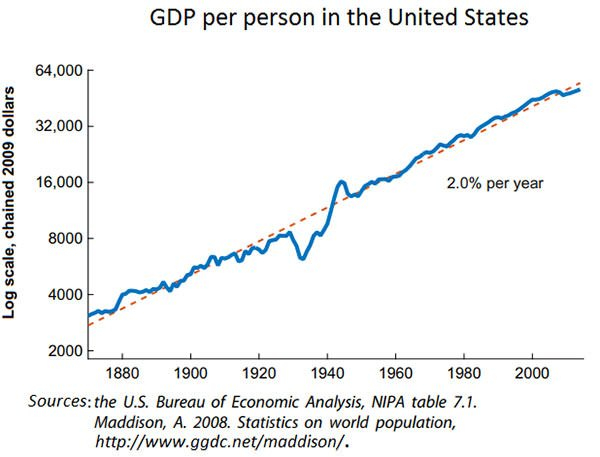
www.history.com youtube.com -
Several British colonies in America maintained religious tolerance even before the Revolution. Only four of the thirteen colonies, Rhode Island, New Jersey, Pennsylvania, and Delaware, did not have an organized, tax-supported church. Following the Revolution, both states and the federal government took efforts to ensure religious freedom and to de-emphasize the role of the government in religious matters. A religious test as a prerequisite for holding a government job was forbidden by Article Six of the United States Constitution.
More crucially, the United States Constitution's First Amendment declared in 1791 that "Congress shall make no law respecting an establishment of religion, or prohibiting the free exercise thereof." As a result of the passage of the Constitution and later the First Amendment, the United States became the first country to establish a nationwide separation of religion and state. The word "the separation of Church and State" isn't mentioned in the constitution, nevertheless. More precisely, the Constitution encourages religious liberty and bans the federal government from interfering with people's ability to worship as they see fit.
The lessons of history, the objectives of the Revolution, the principles of Protestantism, and the realities of plurality convinced Americans during the Revolutionary era that separating church and state would better safeguard the Christian faith. Revolutionary-era Americans realized that the state could not meddle with the dictates of conscience without becoming totalitarian, a lesson we may learn from religious politics throughout the world today. On the other hand, by maintaining the separation of Church and State, we may affirm both our political and religious traditions.
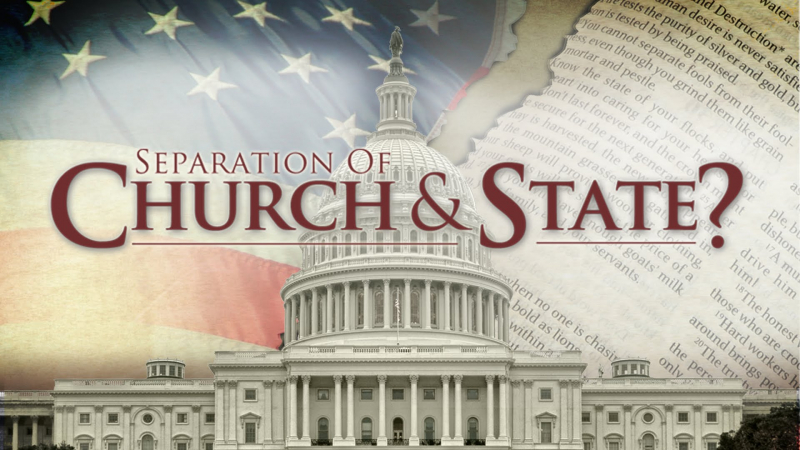
www.history.com youtube.com -
The major effects of the American revolution were most disadvantageous to the British. In addition to, the impact on the British Empire losing a significant portion of their Empire, Great Britain also lost a significant amount of money. As a result, the Revolutionary War cost Britain a fortune, causing the national debt to skyrocket and a monthly interest bill of about ten million pounds. As a result, taxes have to be hiked. Britain's income was derived from commerce, which was badly disrupted. Imports and exports plummeted, while stocks and land values plummeted as a result of the recession. Thousands of commercial ships were seized as a result of naval strikes by Britain's adversaries.
The British Empire used two unique types of imperialism as a result of the American Revolution: one for native people and the other for European settlers. While the British continued to subjugate native peoples in Asia and Africa, settler desires for autonomy and self-government in their white colonies grew. Quebec was split into two colonies in 1791, Upper and Lower Canada, each with its own elected legislature. The Australian Colonies Government Act of 1850 was the outcome of the movement for representative government in Australia, while the New Zealand Government Act of 1852 was the consequence of agitation for representative government in New Zealand.
On the other hand, the impact on the British Empire as wartime sectors such as naval suppliers and the uniform-making portion of the textile industry saw a boost. As Britain failed to recruit enough troops for the army, it was forced to hire German soldiers, which resulted in lower unemployment. Preying on opposing commercial ships, British "privateers" had as much success as virtually any of their opponents. The impact on commerce was only temporary. By 1785, British commerce with the nascent United States had caught up to that with the colonies, and by 1792, trade between Britain and Europe had quadrupled. Furthermore, while Britain accumulated a higher national debt, it was able to live with it, and there were no financial-motivated uprisings as there were in France. During the Napoleonic Wars, Britain was able to maintain numerous armies and field its own instead of paying for others.

www.history.com youtube.com -
The victory of the American Revolution had a significant influence on the international dissemination of liberal and revolutionary values. It sparked anti-monarchical, democratic, and independence movements in several countries, including France, the Netherlands, the Commonwealth of Poland–Lithuania, Ireland, and Haiti. The Atlantic Revolutions were a series of revolutions that occurred in the late 18th and early 19th centuries. The earliest of the Atlantic Revolutions was the American Revolution, while the French Revolution was possibly the most extreme. Even though the American and French revolutions had distinct motivations, they had a lot in common. Unjust taxes, uneven rights, and inspiration from enlightenment intellectuals' ideas were among the fundamental reasons for both revolutions.
Furthermore, the Declaration of Independence of the United States of America served as a model for the important Declaration of the Rights of Man and Citizen of 1789. It, too, centered on themes like equal rights and popular sovereignty, as did the American declaration. Even though many experts do not believe the American Revolution was the major cause of the French Revolution, most feel it had some influence on the French revolution.
In the long run, the Atlantic Revolutions were largely successful. They popularized liberalism, republicanism, and the downfall of monarchies, monarchs, and established religions. They stressed Enlightenment values such as equality of all men, including equal justice under the law administered by impartial judges rather than specific justice administered at the whim of local nobility. They demonstrated that the contemporary concept of revolution, i.e., starting anew with a completely new administration, could work in practice. Revolutionary mentalities arose, and they continue to thrive to this day.
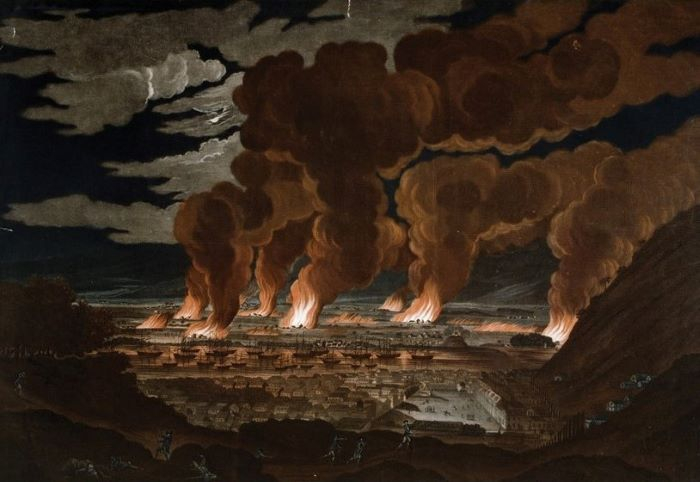
www.history.com youtube.com












